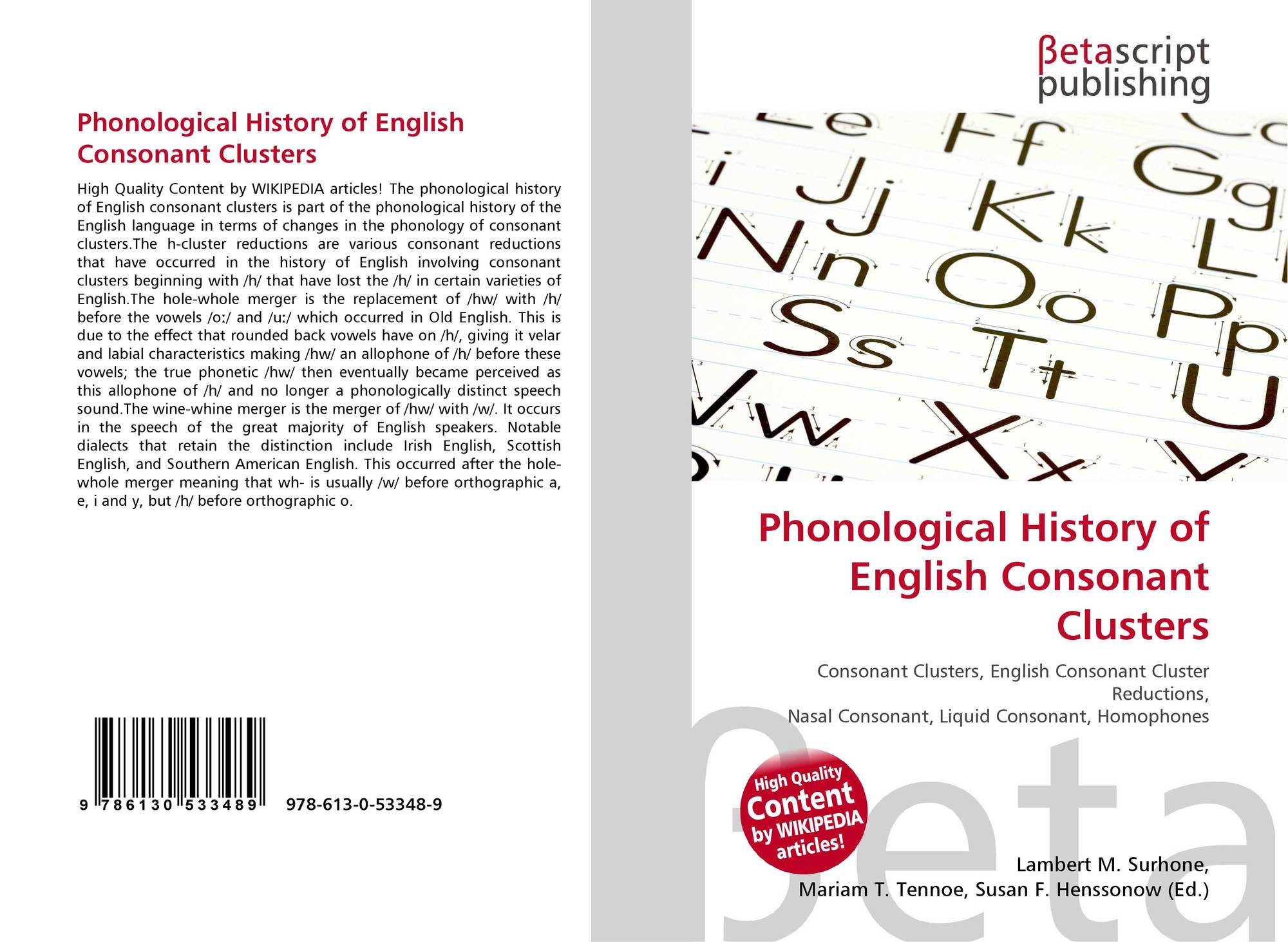

(twen’ny) The tr clusterĪllophones of /t/ and /d/ before /r/ often cause the /tr/ and /dr/ cluster to be pronounced similarly to /ʧr/ and /ʤr/, respectively.


The ‘th’ may become a /t/ as in months (munts).In the consonant cluster ‘th’, the /th/ can be changed or dropped. The desks used in classrooms are usually uncomfortable.A certain relative of mine often asks me for money.At a costume party, masks are mandatory.In the consonant cluster ‘sks’ the /k/ may be dropped. Most students are not that fond of tests.The masts on the sailing ship were over forty feet tall.The first word is with proper enunciation, the second with the reduced sounds. Listen to the pronunciation of these examples. In the consonant cluster ‘sts’, the /t/ can be dropped.

Sometimes in certain consonant clusters (a string of two or more consonants in a word) the sounds may be reduced or dropped. When reading clusters, each letter within the cluster is pronounced individually. The change /ridiriʃa/ → in Logoori is because r and d both involve raising the tongue, and speakers started to drop the gesture of lowering the tongue for between the two consonants, thus the consonant cluster was created.What are consonant clusters in English? What are consonant clusters in English?Ī consonant cluster (sometimes known as a consonant blend) is a group of consonants that appear together in a word without any vowels between them. The change /kantele/ → in Estonian is because of a rule deleting unstressed vowels in an open non-final syllable. Then there is a dissimilation where becomes, next →→. For example, the change /tua/ → in Kinyarwanda historically starts as a simple prosodic rule rearranging syllables to avoid VV, so /tua/→ (a consonant cluster). You can usually uncover a satisfying answer for more specific example. The only explanation for these changes as a whole is the unsatisfactory truth that this is within the realm of what languages can do. Fourth, you might convert a vowel directly to a consonant, e.g. Third, you might lengthen a consonant between vowels, giving VC:V, then latter split the single long segment into two, giving VCCV. Same possible choices about eliminating the consonant cluster. Second, you might start with VCVCV, and delete the vowel in the middle: VCCV. You can avoid CC by inserting a vowel, deleting one of the consonants, or changing a consonant into a vowel. First, there is morpheme concatenation, adding a C-final prefix to a C-initial root. The question is how does the sequence (V,#)C(V,#) end up with CC. There are a ton of ways that consonant clusters can be created: here is an outline of the main ways.


 0 kommentar(er)
0 kommentar(er)
